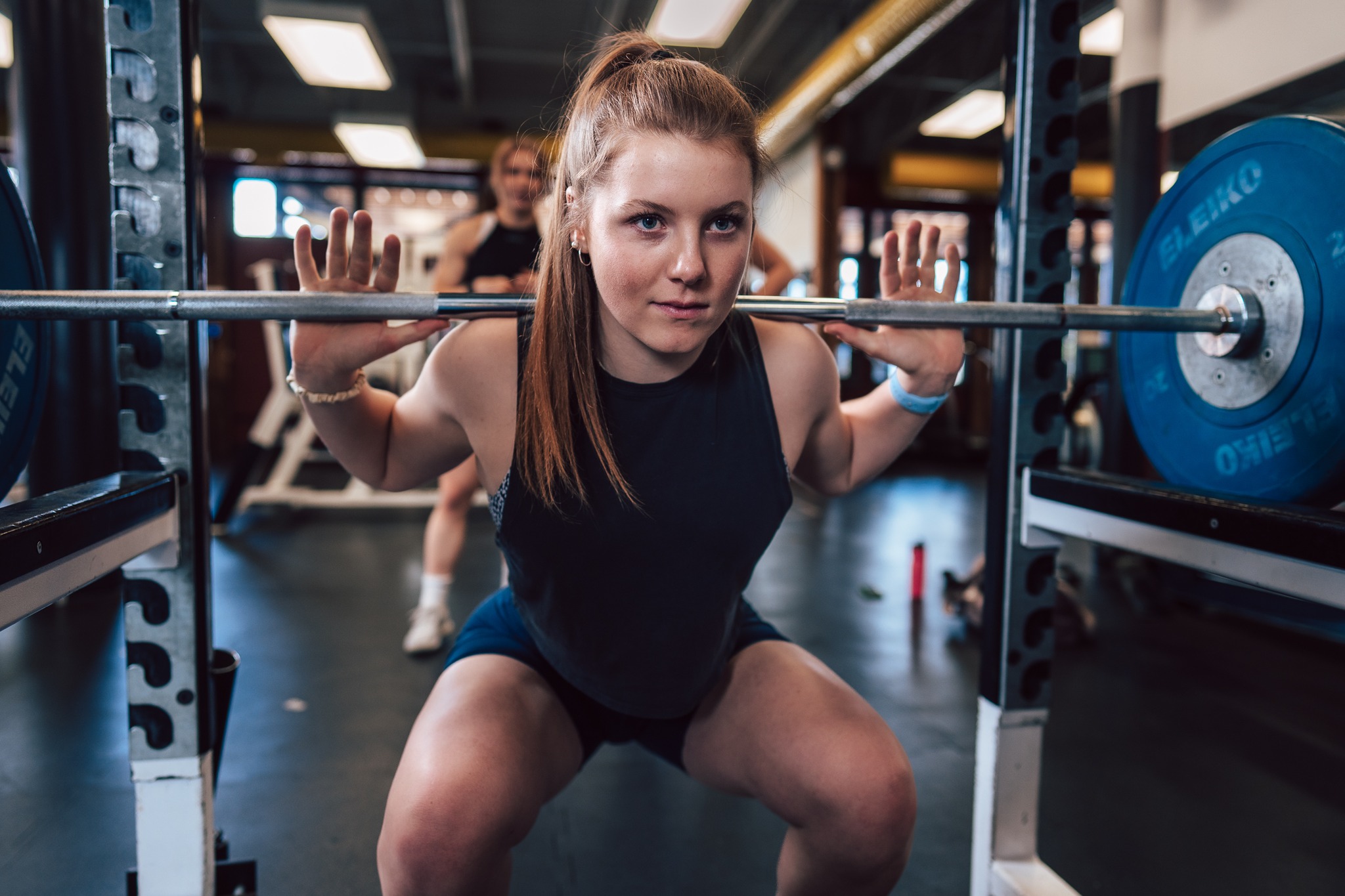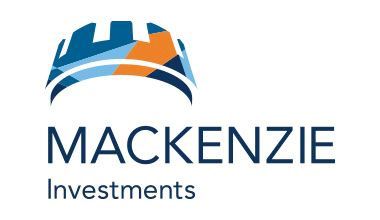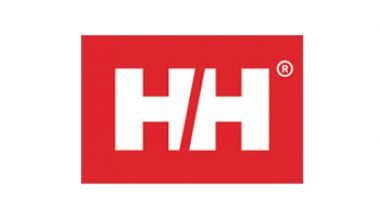ACA Fitness Combine

ACA FITNESS COMBINE
The ACA Fitness Combine aims to implement a system-wide standardized testing protocol to ensure Canadian skiers are developing ski-specific physical fitness abilities as they progress through the athlete development pathway while tracking the progression of skiers.PURPOSE
The development of general physical fitness is a necessary component for elite ski racers. Physical literacy, the establishment of efficient fundamental movement patterns in coordination in various situations, and the development of general strength, power, and endurance are critical neuromuscular and physiological capacities required of elite-level ski racers.
An athlete's fitness level will either support or inhibit technical skill development by greatly influencing their ability to tolerate the training volumes required across different stages of development.
Analysis and research have shown that the following physical fitness factors are characteristic of top ski racers:
- Good aerobic work capacity (high maximal oxygen uptake/VO2Max)
- Great muscular strength in terms of dynamic muscle function
- Significantly prolonged muscular endurance, in terms of dynamic muscle function in given submaximal work
- Well-developed muscular coordination
Assessing and quantifying these qualities can help identify potential performance deficits and track long-term trends. This document overviews Alpine Canada Alpin's (ACA) nationwide physical fitness combine protocol. As ACA collects data and builds normative trends for each gender and phase of development, the ACA Fitness Combine will identify target areas for later development to promote the development of successful elite-level ski racers.
There may be situations where teams have access to more sophisticated testing methods. This nationwide physical fitness combine program does not prevent the inclusion of additional testing. Instead, it provides guidelines for evaluating physical performance standards specific to ski racing for all ski racers in the development pathway. A coach can use the data gathered from each test to more accurately determine an athlete's starting point within their developmental and physical fitness stages and track subsequent progress through re-evaluation. This will promote the construction of an appropriate training program that serves the athlete's needs in the context of their sport, ski racing, and is suitable for their capabilities.The ACA Fitness Combine protocol represents a critical step forward in Canadian alpine ski racing. Standardized physical fitness testing implemented across various stages of development contributes to this cohesive pathway. A development pathway is not a series of independent stops as a skier ascends the ranks to international competition. Instead, it should be one continuous effort on behalf of all stakeholders to provide a fun, cohesive and exhilarating experience for all athletes.
PDF FILES
ACA Fitness Combine Protocol (PDF)
ACA Fitness Combine Athlete Performance Report (PDF)
ACA Fitness Combine Performance Standards (PDF)
ACA Estimated 1RM Calculator and Weightlifting recording sheet (Excel)
ACA Weightlifting Recording Sheet (PDF)
FAQ - ACA Fitness Combine (Spring 2023) for Clubs/PTSOs (PDF)
Physical Activity Readiness Questionnaire (PAR-Q) 2023
ACA Fitness Combine Equipment, Facility and Administration Checklist (PDF)
AUDIO FILES
AIS 20m Shuttle Run (Beep Test)
VIDEO FILES
AIS 20m Shuttle Run (Beep Test)
_________________________________________________________________________________________________________________________________________________
Resources
Gilgien, Matthias & Reid, Robert & Raschner, Christian & Supej, Matej & Holmberg, Hans-Christer. (2018). The Training of Olympic Alpine Ski Racers. Frontiers in Physiology. 9. 10.3389/fphys.2018.01772.
Lloyd RS, Cronin JB, Faigenbaum AD, Haff GG, Howard R, Kraemer WJ, Micheli LJ, Myer GD, Oliver JL. (2016) National Strength and Conditioning Association Position Statement on Long-Term Athletic Development. J Strength Cond Res. 2016 Jun;30(6):1491-509. https://www.nsca.com/education/articles/NSCA_Position_Statement_on_LTAD/
Pritchard, J and Taylor, J. The Science of Alpine Ski Racing. New York, NY: Routledge (2023).
R Turnbull, J & Kilding, Andrew & Keogh, Justin. (2009). Physiology of alpine skiing. Scandinavian Journal of Medicine & Science in Sports. 19. 146-55. 10.1111/j.1600-0838.2009.00901.x.


